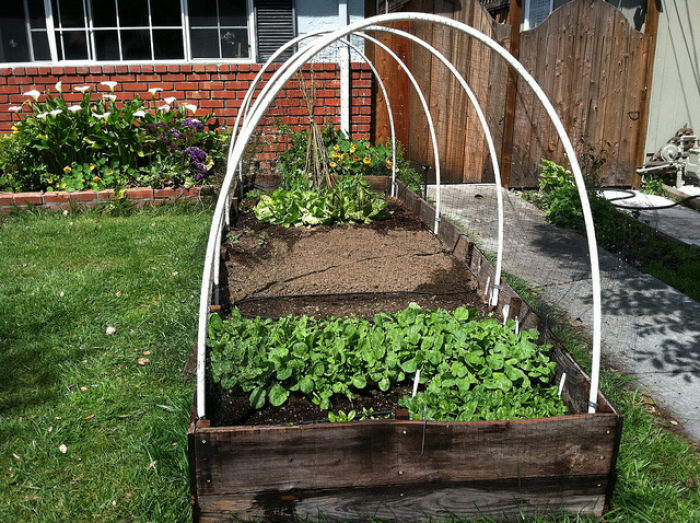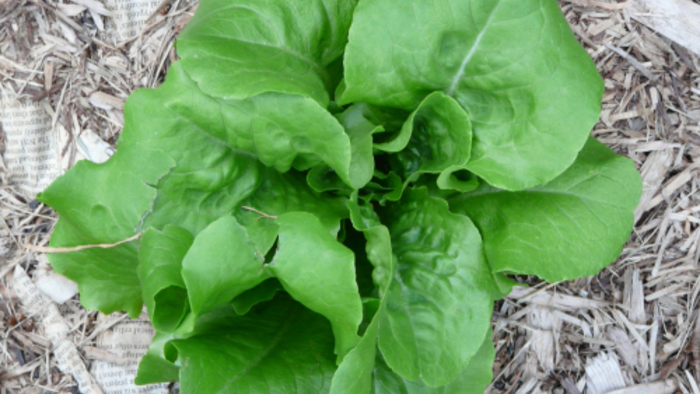
Interplanting crops is a space-saving, vegetable gardening technique that takes advantage of every inch of garden real estate. While it’s a handy method for anyone, it’s especially popular with those that have small-space gardens. When you’re interplanting crops, there are some general principles to keep in mind.
- Be sure that the crops you’re planting together need about the same amount of sunlight, water, and soil preference.
- Plants have different root growth patterns. They can be shallow rooted, medium rooted, or deep rooted. The idea is to plant them so that won’t compete directly with each other by combining different root growth patterns.
Corn, broccoli, spinach, cabbage, and lettuce are all shallow-rooted plants. Cucumbers, turnips, beans, summer squash, carrots, and peas are medium rooted. Tomatoes, asparagus, winter squash (including pumpkin), and parsnips are deep rooted. - Plants that belong to the same family make for an easy target for plant-specific pests if they’re located in the same area. For this reason, don’t pair up tomatoes, potatoes, peppers, and eggplant. The Colorado potato beetle finds all of these delicious.
- For instance, plant your tomatoes and corn away from one another because the tomato fruitworm is also known as a corn earworm. And squash, cucumbers, pumpkins, and melons share the same enemy: the pickleworm.
- You may want to bring in some color (and pollinating insects) by planting short annuals, like marigolds or nasturtiums, with the taller veggies. Do the same thing with the veggies, too — such as peas or runner beans (tall) and lettuce (short).
Another way to use this intensive technique is to grow fast-maturing crops in with slow-growing ones. For example, plant Brussels sprouts (slow growing) with radishes or beets (fast growing). Carrots interplanted with radishes is a popular combination.
Carrots are the turtles of the garden world and, just about the time that they’re ready to harvest, the radishes’ sleepy little greens are ready to be thinned out. Combinations such as corn and beans make good sense because the beans fix nitrogen in their roots(which adds nutrition) while corn is a heavy feeder and is busy sucking the life out of the soil.
Try planting a cool-season vegetable at the tail end of the early spring season in with a warm-season vegetable. As the cool season is coming to an end and those crops are being harvested, the warm season ones will be ramping up for the summer. Whether you interplant vegetables in a border, raised bed, or in containers, the basic principles remain the same. In all cases, you’ll get the greatest amount of harvest in smallest of spaces.


















Comments
Log in or create an account to post a comment.
Sign up Log in